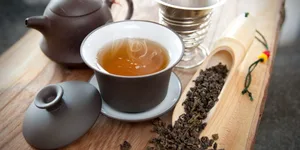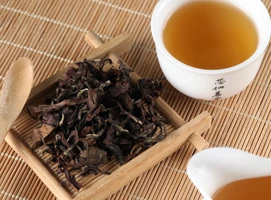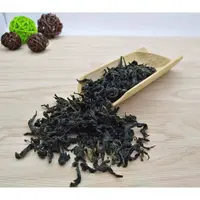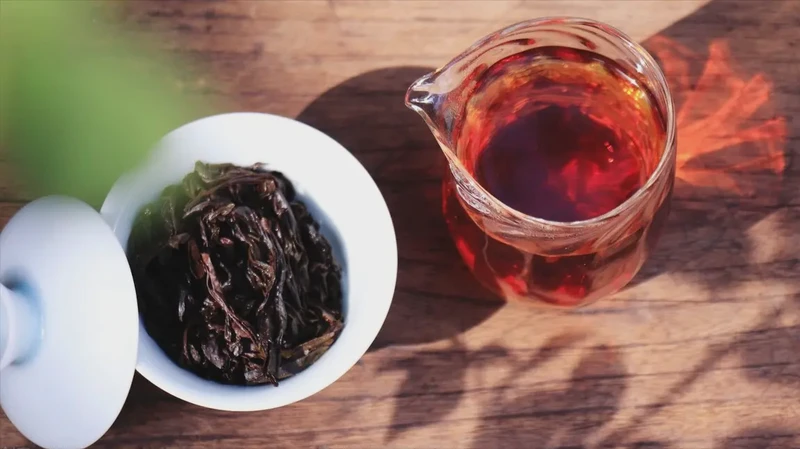

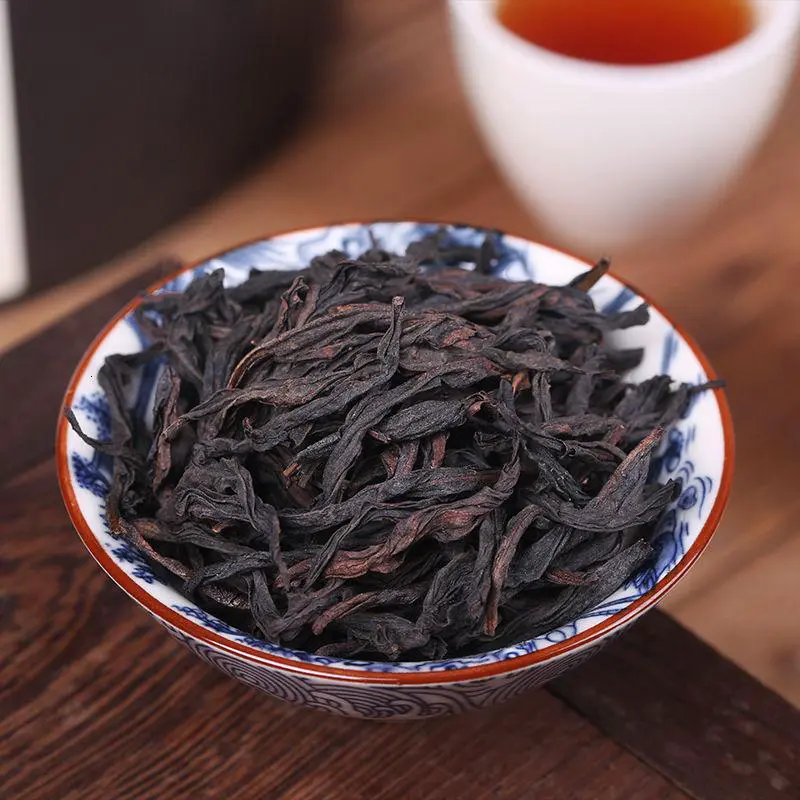
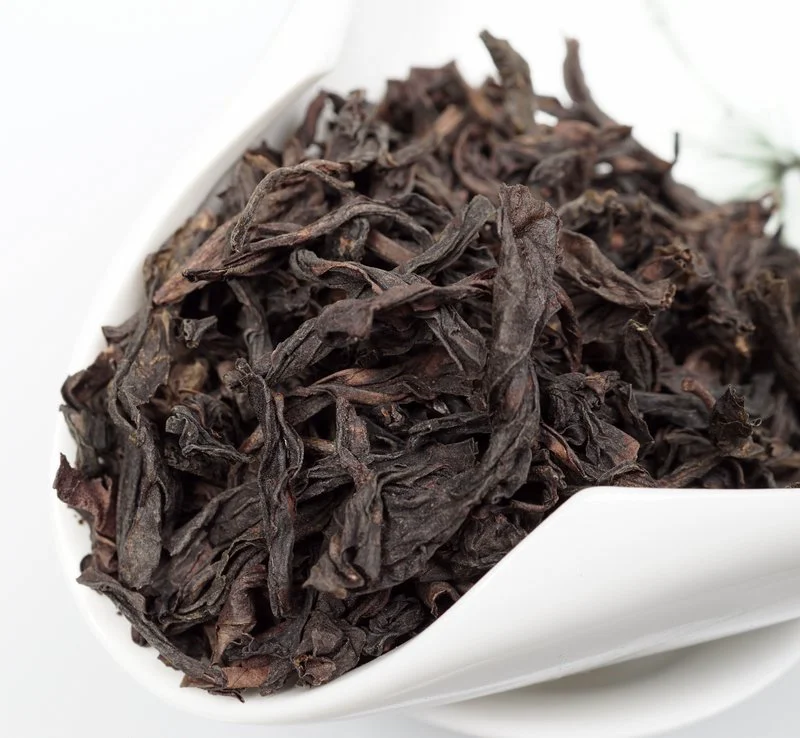
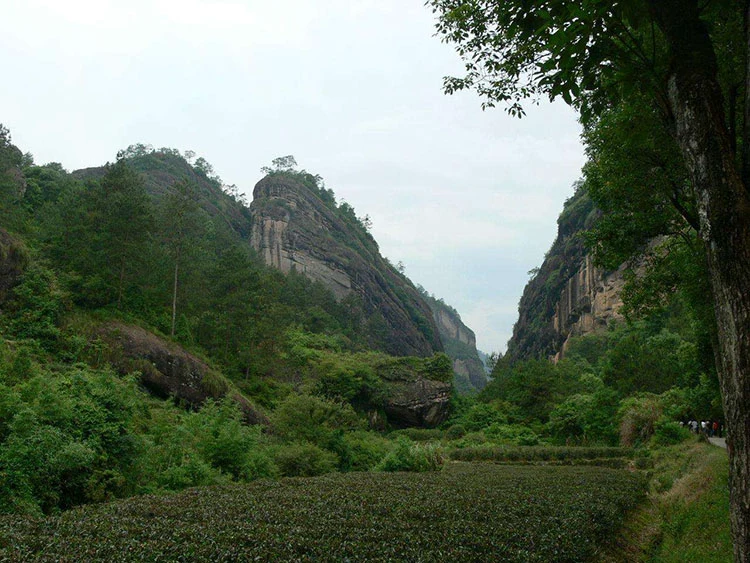
Rou Gui (Cinnamon Oolong)
Origin
Fujian
Category
Oolong Tea
Harvest Time
Spring & Autumn
Processing
Partial Fermentation & Roasting
Description
Rou Gui, meaning 'Cinnamon,' is a celebrated Wuyi Rock Tea (Yan Cha) from the Wuyi Mountains in Fujian Province. Known for its distinctive cinnamon bark aroma and robust, full-bodied flavor with a long-lasting finish.
